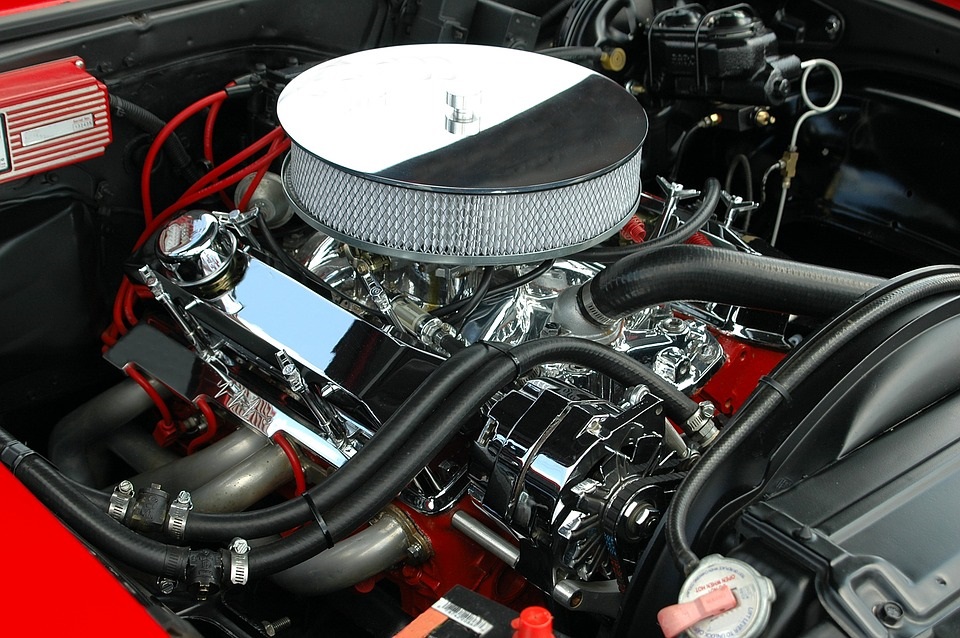5 Tips to Properly Plumb Your Vehicle
- Written by Diana Smith

One of the greatest problems when it comes to plumbing your vehicle lies in the fact that it’s not something that most people care to think about until it becomes a real problem. First of all, you don’t have to change your hoses as often as you change your tires, which means that they spend too much time far from your mind. It also means that once something goes wrong, you’ll be forced to make a purchase right away, which might significantly limit your offer. Here are top five tips that should help you properly plumb your vehicles.
The right material
The first thing you need to understand about vehicle hoses is the fact that they come in different materials. Namely, the two major players are the PTFE and steel braided hose lines. What makes PTFE hoses particularly suitable for this role is the fact that they can stand the temperature in the range of -100°F to 500°F (-73°C to 260°C). This alone means that it can withstand the majority of fluids and conditions. As for the steel braided hose lines that often appear on the brake lines, their main advantage is the longevity, in some cases, even efficiency.
Picking an adequate connector
One of the main reasons behind leaks is the use of an inadequate connector. In case of breaks, this can even put lives in danger, which is why it’s vital that you know the proper connector for this job. The most reliable way to check this is to take a look at the user’s manual. If you’ve lost yours, you can just look for a PDF online. If not, it’s worth talking to your mechanic in order to see what this is all about. This is much more reliable than trusting opinions of random strangers you encounter across various online forums.
Aside from this, the material of the hose matters, as well. First of all, you need to understand that a one-piece connector tends to be more stable and reliable than a two-piece one. Next, going for stainless steel may seem like a choice that promises longevity, however, it also makes the connector more susceptible to corrosion. For this reason alone, going with aluminum tends to be a somewhat smarter option.
Braided line versus rubber hose
While rubber hoses are most commonly used in performance vehicles (due to their flexibility, which allows them to be routed even in the most difficult of manners), the truth is that braided lines are more durable. This alone means that they provide a better flow and better performance. Nonetheless, a quality braided hose from T.I. Performance can withstand substantially more pressure than its rubber line counterpart. This alone makes a massive difference that needs to be considered. A rubber hose, on the other hand, is made to withstand intense vibrations, even if they do have to be replaced more frequently.
The air hose
While we’re on the topic of plumbing and choosing hoses, it’s inevitable that we mention the issue of the air hose. Even though it is always safer to just replace a damaged air hose, with a simple and inexpensive repair, you can easily mitigate the damage. In this way, you can make quite a frugal decision and fix the vehicle with as little as $4 or $5. Needless to say, the ROI on such an investment is beyond comparison. If replacing the hose, on the other hand, you should preferably go with metal, while brass should definitely be your first choice. After this, the copper is the next best thing. All of this is worth keeping in mind prior to the next purchase.
By knowing exactly what you need and what you’re looking for, well ahead of time, you’re minimizing the probability of making a mistake once the moment comes for you to actually make a purchase. In this way, your reactive move will become more knowledgeable and more reliable, ensuring both greater safety and a greater performance of your vehicle.

























